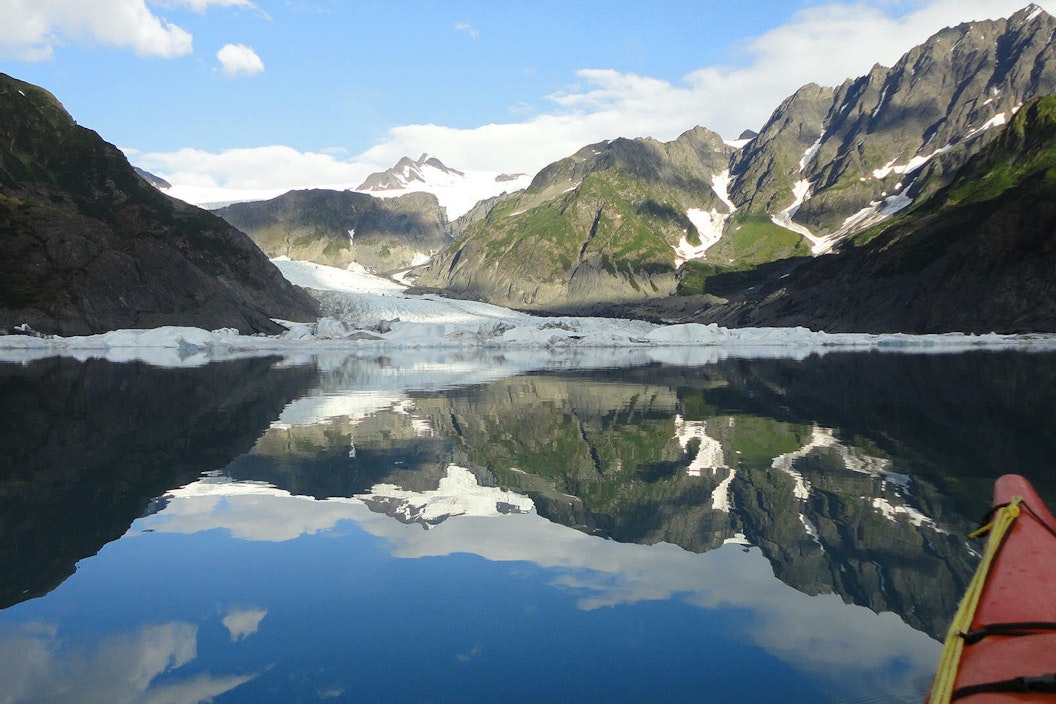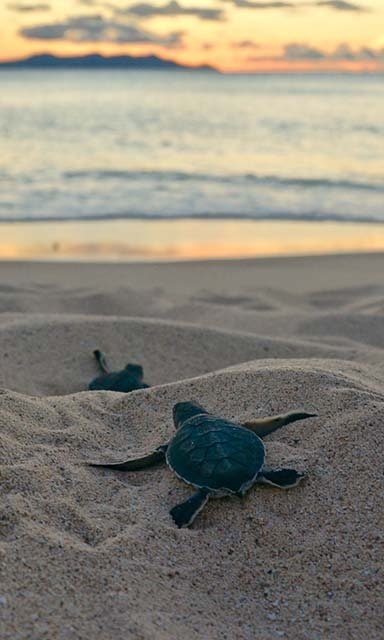
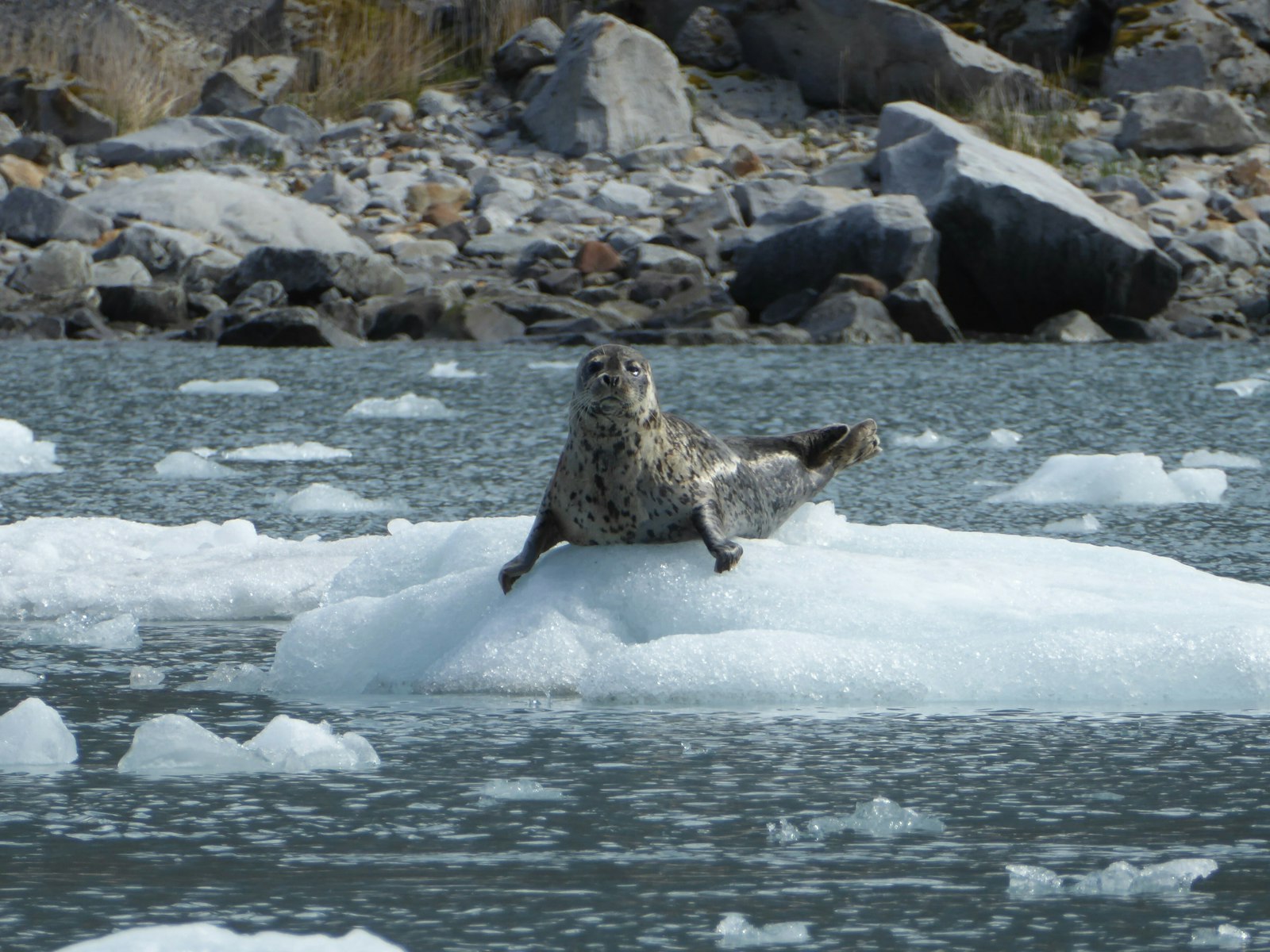
.
.
Kenai Fjords National Park, known for its stunning glaciers and abundant marine life, embarked on a new, two-year project in 2023 to better understand the relationship between harbor seals and glacial ice, a unique habitat that is rapidly changing due to climate change. Thanks to a grant from the National Park Foundation (NPF), park scientists will explore the interactions between these iconic marine mammals and their fjord environment in the south-central Alaska national park.
Harbor Seals and Life on Glacial Ice
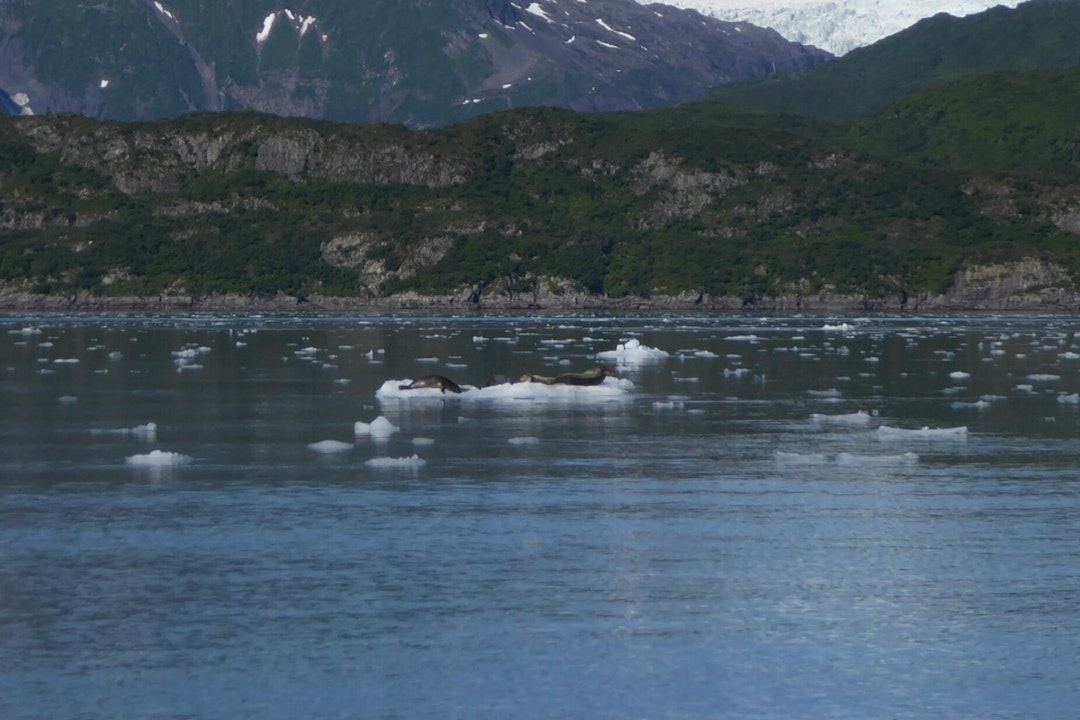
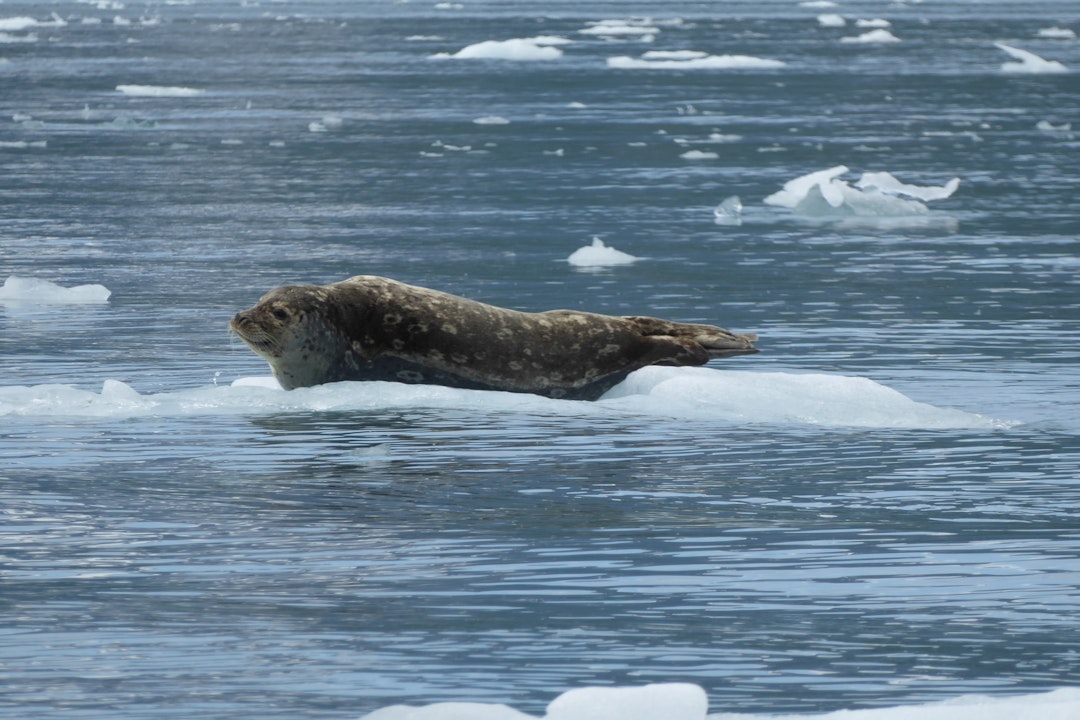
Harbor seals, measuring up to six feet long and weighing 180-285 pounds, are commonly found “hauling out” on chunks of ice near tidewater glaciers. Glacial ice provides a refuge for seals, serving as a place to rest, molt, and birth and nurse their young pups. Harbor seals consume up to 8% of their body weight in food per day, feeding opportunistically on marine animals such as fish and octopus. The steep rocky shores of the surrounding fjords and the ice floes from tidewater glaciers provide protection from predators, including sharks, transient orca pods, and onshore bears. In early summer, following a 10-month gestation period, female harbor seals in the fjords use calved glacial ice as a refuge to give birth and rear their pups, who are born weighing 25 pounds and gain a pound and a half a day while nursing. Female harbor seals identify and locate their pups using distinctive vocalizations, both on land and in the water. Pups are born knowing how to swim and, within a month, leave their mothers for an independent life.
Impacts of Glacier Retreat on Harbor Seal Habitat
Over the last century, many of the glaciers at Kenai Fjords have experienced significant melt apparent as thinning, retreat, or a decrease in area. As tidewater glaciers retreat from the marine environment and disappear from the sea, they cease to calve ice into the fjord — a long, narrow inlet created as seawater backfills as a glacier retreats. This changing landscape not only impacts the park’s terrestrial, freshwater, and marine ecosystems, but also has potentially far-reaching effects on local harbor seal populations as this ice is an essential part of their habitat in the park.
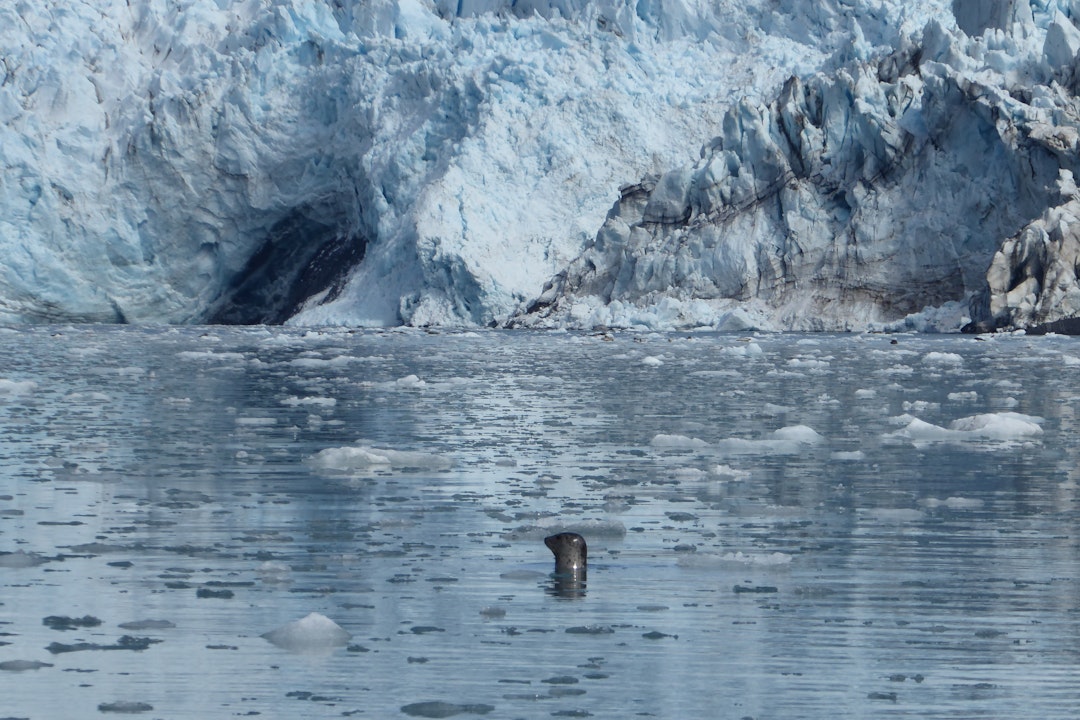
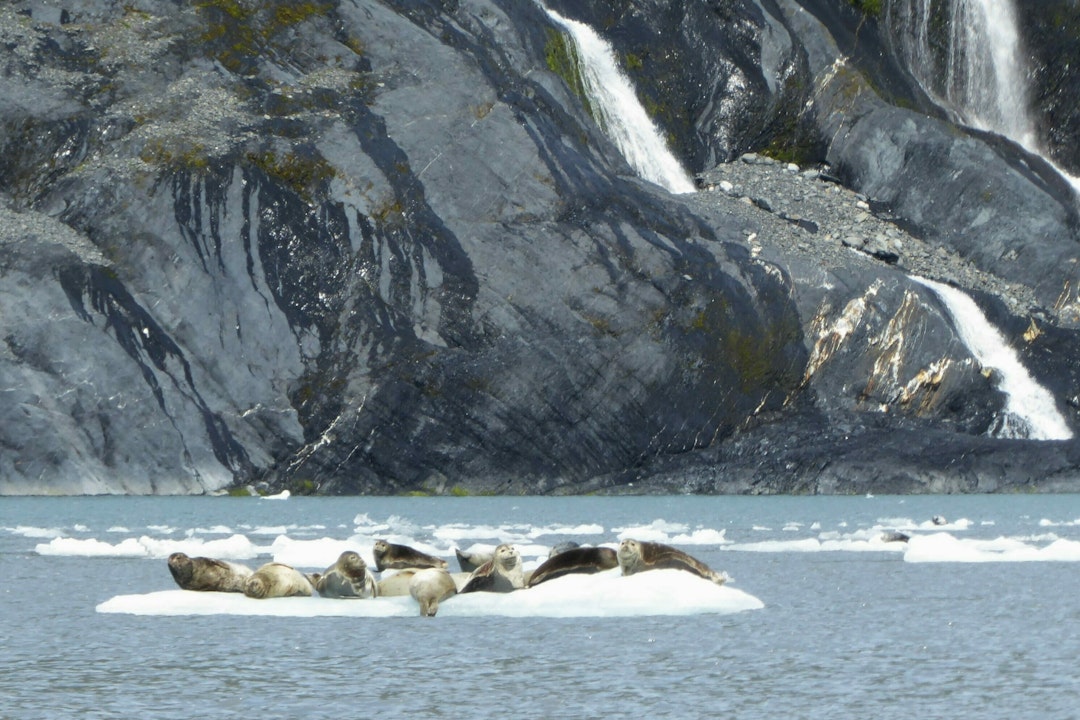
The study’s approach involves utilizing high-resolution aerial photos acquired monthly throughout the summer to map and quantify available calved ice and its use by harbor seals. The aerial photos are also used to develop elevation data through a process called structure-from-motion (SfM). In addition, timelapse cameras are installed near each of the tidewater glaciers to document daily ice availability and harbor seal use as a reference for representability of the monthly aerial data acquisition. By analyzing these data, researchers will piece together a detailed picture of the ice habitat throughout the summer. Results will provide a snapshot of current ice availability and are expected to offer a baseline for evaluating the effects of ice loss on the fjord ecosystem and to help in the management of species like harbor seals that depend on ice for their survival. This study will also address the potential implications and behavioral changes for harbor seal populations as glaciers retreat and ice availability declines.
As glaciers retreat due to climate change, the loss of calved ice habitat will impact wildlife that use this ice as a resting place, including marine birds, sea otters, and the ice’s most frequent user, harbor seals. With the loss of glacial ice, harbor seals will have to find a new place to haul out. Harbor seals may move to a different fjord, utilize shoreline areas, or leave the park entirely. If harbor seals shift to using shorelines, they will be more susceptible to disturbance from motorboat wakes and kayakers and more vulnerable to predation by terrestrial predators. Understanding how seals currently use this habitat will help us prepare for the impending loss of glacial ice and allow us to make informed conservation efforts. The data generated by the study will support Kenai Fjords National Park’s management strategies and contribute to the understanding of glacier-related impacts on marine habitats across the region.
Related Programs
-
 Wildlife
Wildlife -
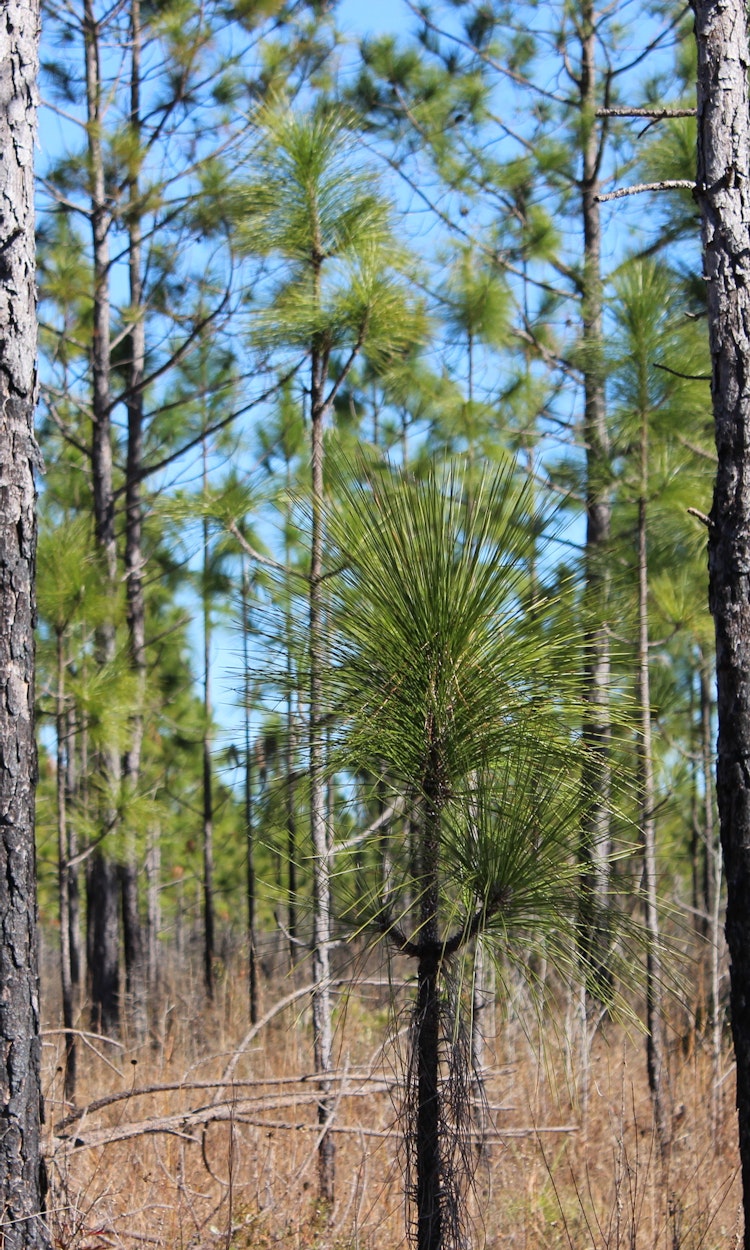 Habitat Conservation
Habitat Conservation
